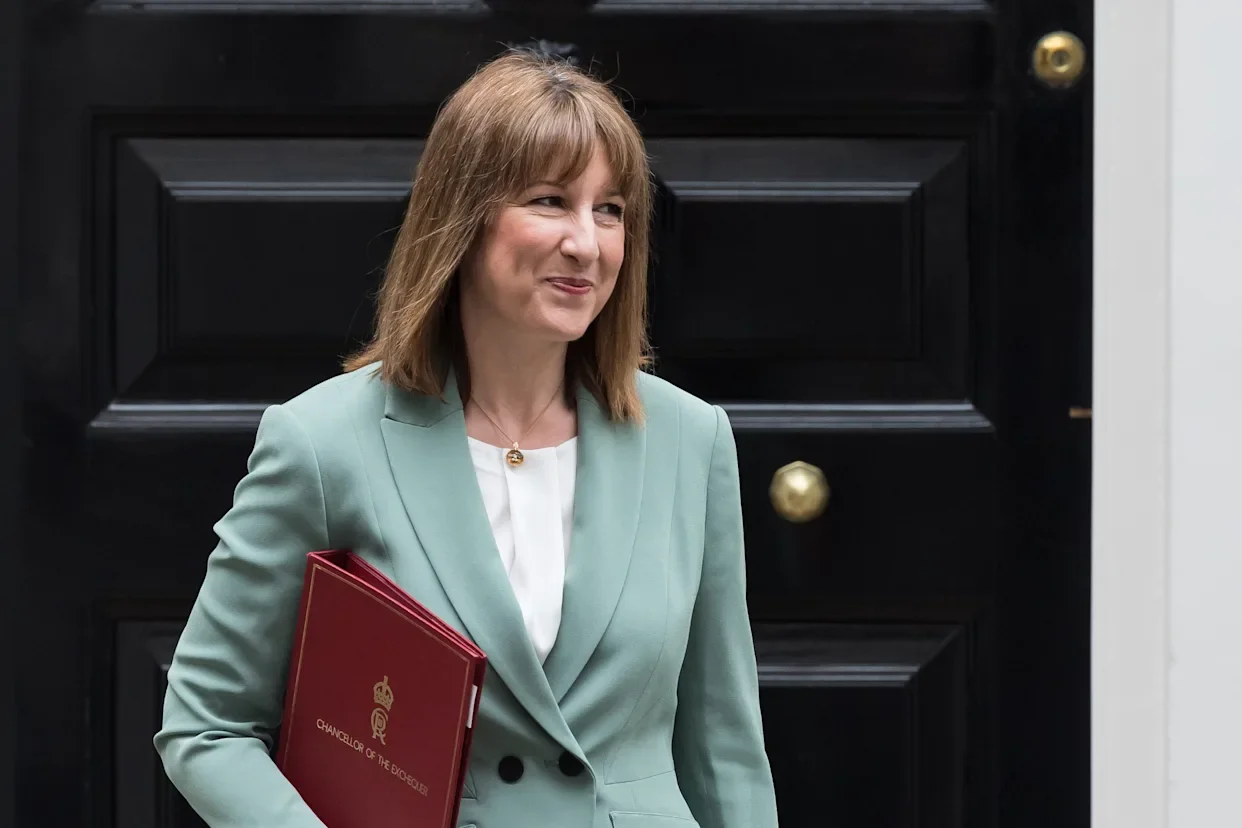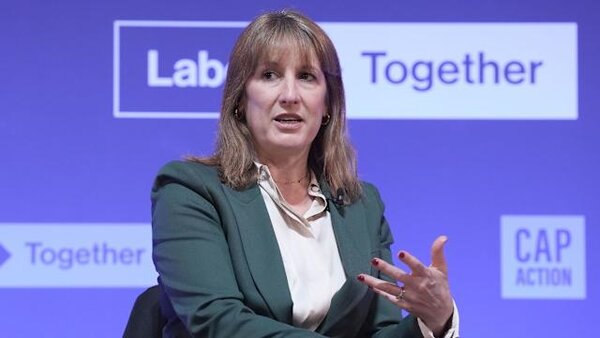Introduction
The UK Government is reviewing the current system for funding local authorities, with proposals under consideration that could result in significant council tax increases for millions of households.
Plans being discussed suggest that councils may soon be allowed to raise council tax beyond the present 5% cap without the requirement for a local referendum. These changes, expected to form part of a new “fairer funding” model, are set to be unveiled in further detail following the Chancellor’s upcoming Budget statement.
Proposed Changes to Council Tax Caps
Currently, local authorities in England seeking to increase council tax by more than 4.99% must secure approval through a local referendum. However, ministers are examining options to remove this threshold in some cases, permitting councils to implement higher council tax rises without direct voter consent.
Recent precedents have seen the Government grant a select number of councils permission to lift council tax by close to 10% due to acute financial pressures. In 2024, for example, Bradford Council increased its rate by 9.99%. Some Scottish councils have approved rises of up to 13% after a national tax freeze ended. Such changes have prompted renewed debate over whether local tax autonomy should be expanded.
New Funding Formula and Regional Impacts
Under the new proposals, local government grants would be recalibrated so that more funding is directed towards regions classified as having higher spending needs, such as the Midlands and the North of England. The Government’s stated aim is to equalise funding and service standards by reflecting up-to-date assessments of local deprivation and demand. This shift is anticipated to have significant effects on council revenues and taxpayer liabilities.
Assessments by the London Councils indicate that some central London boroughs, which traditionally receive proportionally higher funding, could be among the hardest hit by planned reallocations. By contrast, metropolitan areas with greater levels of social need could gain substantially from the new formula.
Transition Plans and Financial Implications
Reallocation of central Government funding is expected to be phased in over a three-year period, aiming to provide a manageable adjustment for councils experiencing a reduction in grant income. During this period, transitional measures may be set to help smooth the impact and avoid immediate steep increases in council tax for affected areas.
Despite these measures, concerns remain that councils experiencing a loss in core funding may still need to impose sizeable council tax increases to protect local services. Internal briefings cited by several local authorities suggest that, for heavily affected areas, council tax rises of around 10% could be required by the end of the transition period, estimated at 2028–29.
Councils Most Likely to Be Affected
Analysis from sector bodies suggests that several inner London boroughs, including Kensington and Chelsea, Wandsworth, Richmond, Westminster, Camden, Islington, Hammersmith and Fulham, and the City of London, are among those projected to face significant funding shortfalls.Estimates from the London Councils warn that by 2028–29, the funding gap for Kensington and Chelsea could reach £30.1 million, prompting a potential 27.4% increase in council tax without further support.
Suburban counties such as Hertfordshire, Surrey, Buckinghamshire, Oxfordshire, and Wokingham are also anticipated to be affected. Conversely, funding increases are likely for urban areas in the Midlands and the North, including Telford, Blackpool, Manchester, Nottingham, and Wolverhampton, as well as parts of Yorkshire and the Humber. Some southern councils, like Slough, may also benefit.
An Institute for Fiscal Studies (IFS) report published in August found that shire district councils would face a wide range of outcomes, with business rates growth shifting away from some districts to more urban areas.
Political and Public Reactions
Government officials have emphasised the need to modernise the local authority funding system, with former local government minister Jim McMahon describing the changes as “urgently needed” to secure financial stability for councils and improve resident services.
The Ministry of Housing, Communities and Local Government has stated, “Council tax rises are limited to 5% without a local referendum, and we have not made any decision to change that. We have made £69bn available for council finances and will fix the outdated and unfair funding system we inherited.” However, concerns have been raised over the impact on high-cost regions.
The Mayor of London, Sadiq Khan, has urged the Government to ensure that any new formula reflects the capital’s higher housing and living costs, as well as local deprivation levels, warning, “We risk support being taken away from those Londoners who need it most.” Some MPs have reportedly indicated willingness to remove the cap on council tax increases in affected areas, provided safeguards are put in place. Experts caution, however, that further increases in local taxation may not fully offset funding reductions.
Final Summary
The Government is considering substantial changes to the council tax system, aiming to reform the distribution of local authority funding through an updated “fairer funding” model.
While designed to address longstanding disparities by directing resources to regions with greater need, the proposals could prompt significant council tax increases for millions of residents in more affluent or high-cost areas. Transitional measures are expected, but ongoing debates highlight the challenge of balancing local government finance with the capacity of households to absorb higher charges.
The details of the reforms are to be published after the forthcoming Budget. For those seeking to understand their local tax liabilities and potential relief, tools such as the Pie app offer practical assistance in managing council tax and related financial matters.











